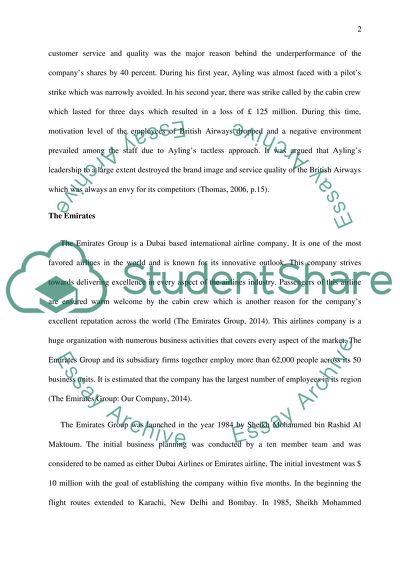Cite this document
(British Airways and Emirates Group: Financial Comparisons for Research Paper - 1, n.d.)
British Airways and Emirates Group: Financial Comparisons for Research Paper - 1. Retrieved from https://studentshare.org/finance-accounting/1659673-financial-analysis-and-management
British Airways and Emirates Group: Financial Comparisons for Research Paper - 1. Retrieved from https://studentshare.org/finance-accounting/1659673-financial-analysis-and-management
(British Airways and Emirates Group: Financial Comparisons for Research Paper - 1)
British Airways and Emirates Group: Financial Comparisons for Research Paper - 1. https://studentshare.org/finance-accounting/1659673-financial-analysis-and-management.
British Airways and Emirates Group: Financial Comparisons for Research Paper - 1. https://studentshare.org/finance-accounting/1659673-financial-analysis-and-management.
“British Airways and Emirates Group: Financial Comparisons for Research Paper - 1”, n.d. https://studentshare.org/finance-accounting/1659673-financial-analysis-and-management.


